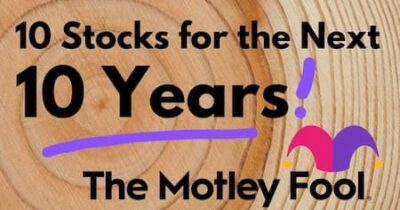If you’re approaching 60 years of age, you’re probably eager to start taking CPP. You’ve paid into the program all these years, so finally receiving money from it is a richly deserved reward. Not to mention the fact that you’ll probably need the money to pay your bills after you stop working.
But before you go rushing into taking CPP, it pays to do your homework. As you’re about to see, decisions you make ahead of retirement could impact the amount of money you get. If you make the wrong ones, it could cost you up to $423 per month.
The good news is that it’s easy to avoid this $423 CPP “hit.” But you need to be aware of it.
Taking CPP too early
Taking CPP too early is the single biggest mistake that could lower your monthly payout. The reason is that CPP pays less if you take it early. The max benefit if you take CPP at 65 is $1,175. The max benefit at 60 is $1,175 minus 36% — roughly $752. Just by taking CPP early, you could miss out on $423 per month. On top of that, there are other factors that could reduce your CPP even further. The average CPP, for all Canadians, is just $710 per month — which is even lower than the maximum benefit at 60.
What to do instead
If want to take CPP early but are concerned about reduced payouts, you have basically two options available:
- Take it early and invest the money.
- Wait until later to take it.
The second of those options is pretty straightforward. If you wait until a later age to take CPP, you’ll get a larger benefit. At 65, the maximum is $1,175. At 70, it could be much larger than that.
However, there’s a big issue here. When you wait longer to take CPP, you’re not getting paid at all in the interim. That can be a big problem if your life expectancy isn’t long. For example, if you die at 71, you’ll only get one year of CPP after age 70. That wouldn’t compensate for not getting the benefit for a whole decade, even though the monthly payout would be higher.
The first option is more interesting. A lot of financial advisors recommend taking CPP early and investing the money. By doing that you can grow your money while receiving cash payouts all through your 60s.
Let’s imagine that you got $8,000 a year in CPP and invested it in Royal Bank of Canada (TSX:RY)(NYSE:RY) stock. RY stock currently yields 4.44%. So, you’d get $355 in cash back each year from just one year’s worth of investment. If you added to that investment over time, the payout would increase. There are two reasons for that. First, more shares equals more dividends — assuming the dividend isn’t cut. Second, dividends tend to increase over time. Royal Bank has increased its dividend by 7.3% per year over the last five years. If that continues, you could expect your yield-on-cost to be much higher in the future.
By the end of 10 years, if everything went right, you could have a portfolio paying upwards of $5,000 a year just in cash dividends. That’s not even mentioning the possibility of capital gains. So, this is one option you can definitely consider if you want to take CPP early but don’t want to take a financial hit.









